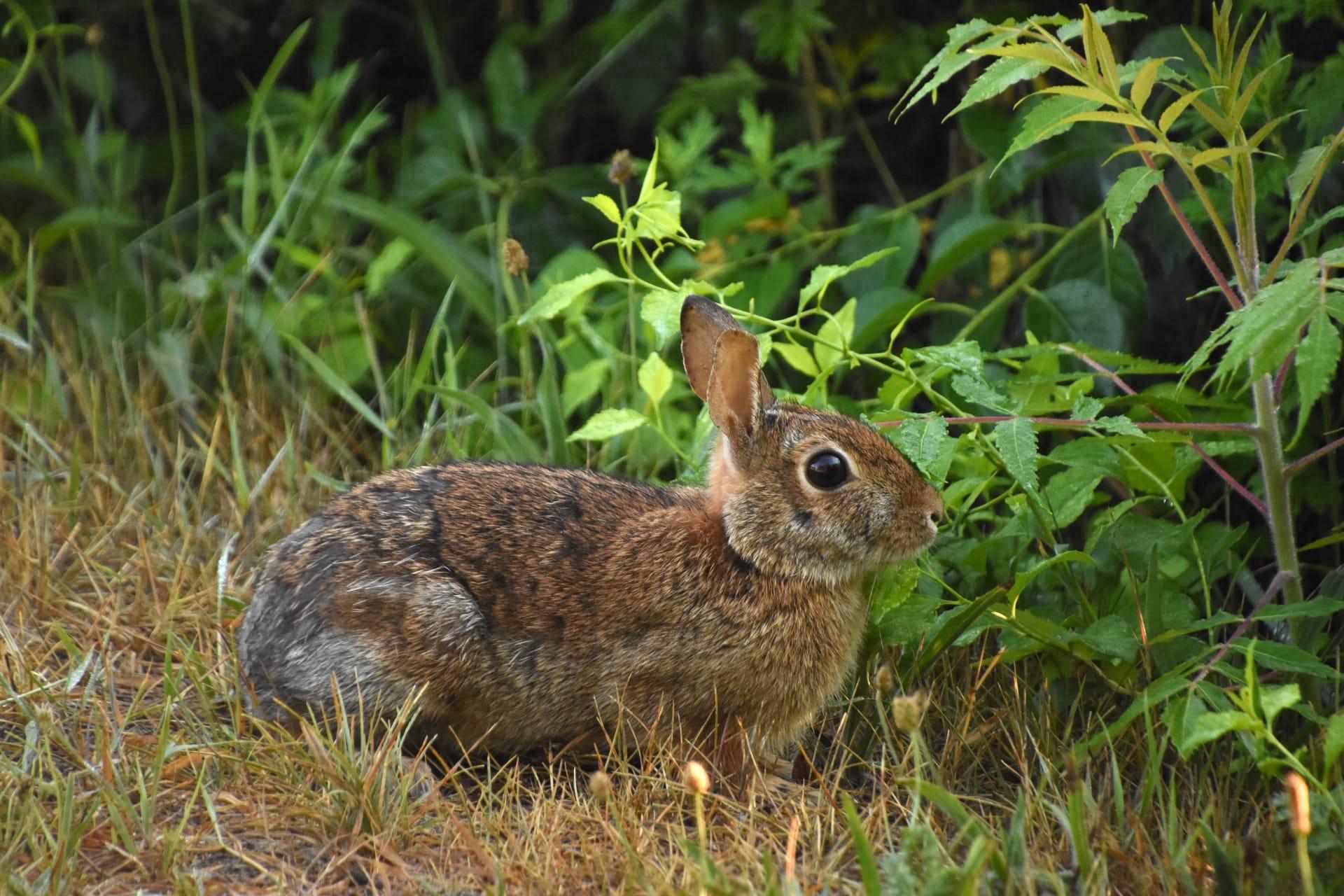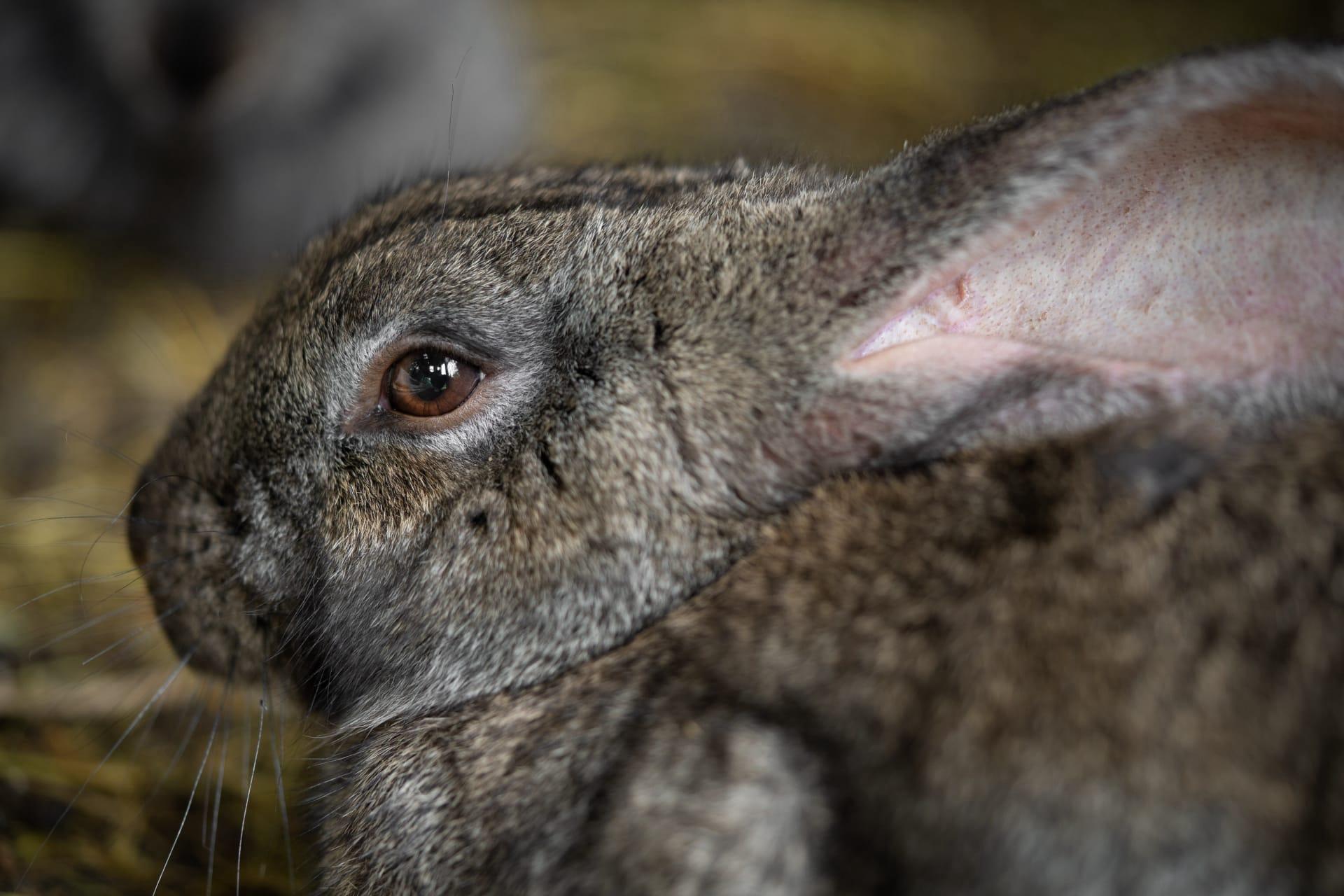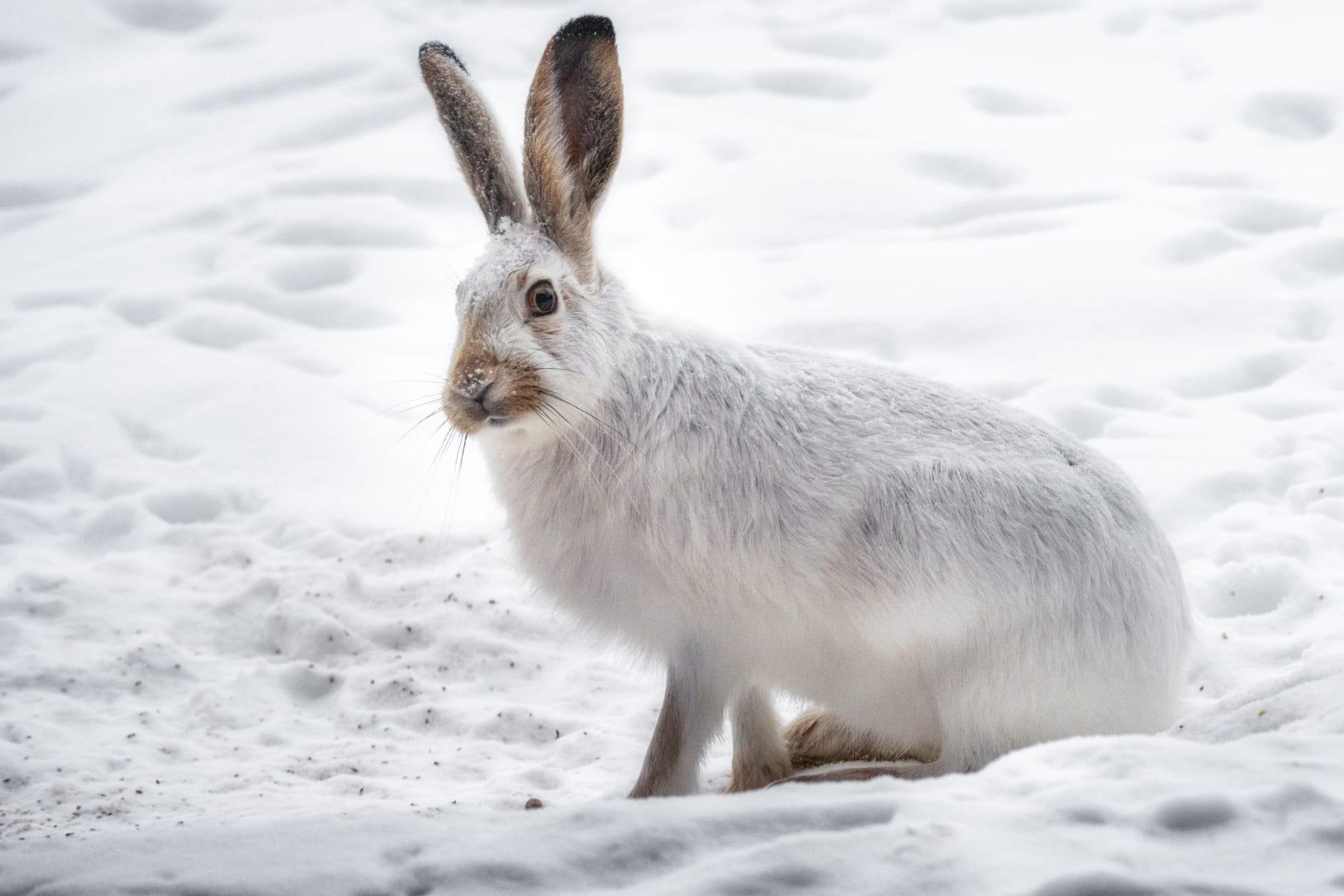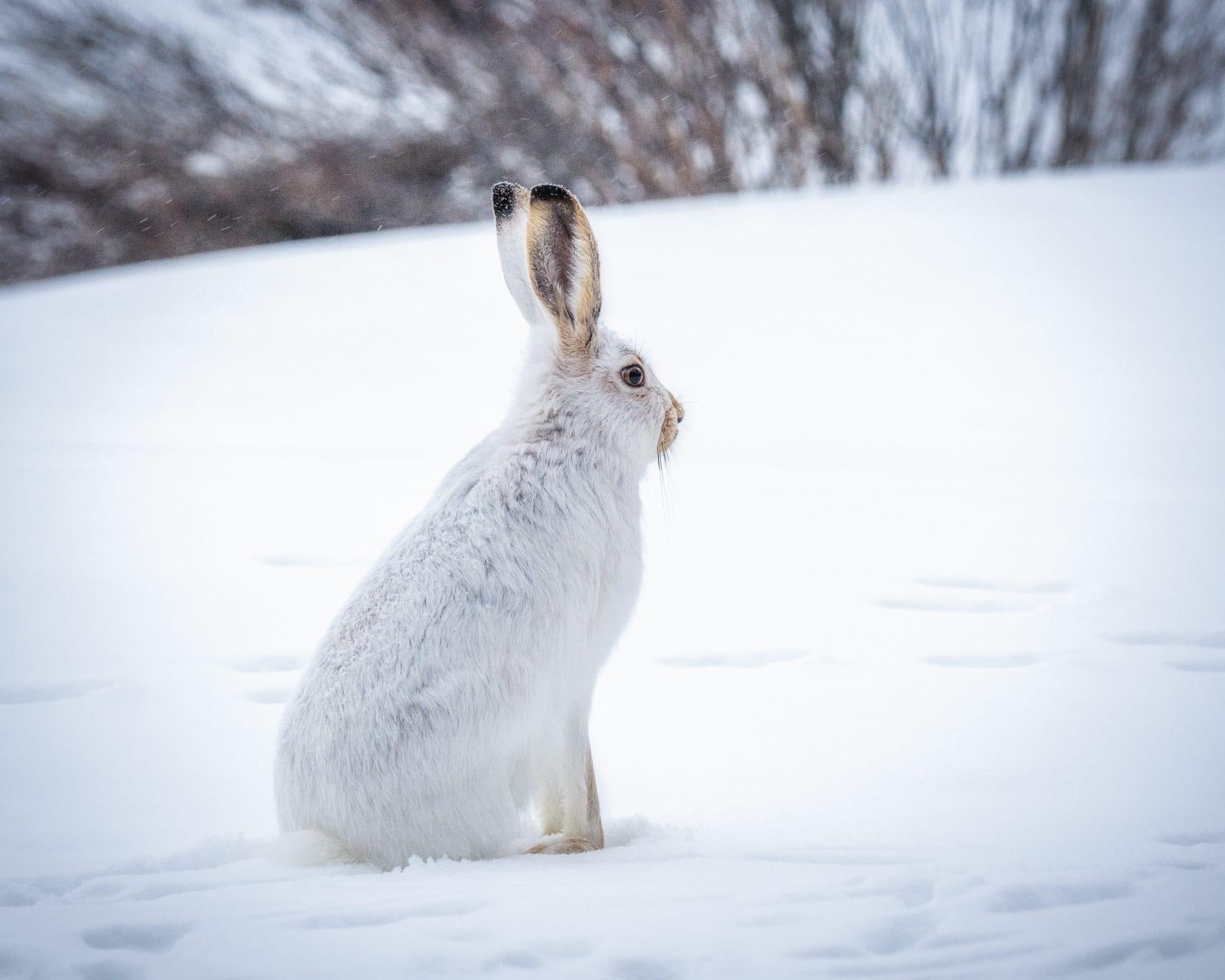Rabbit
- Home /
- Mini Encyclopedia /
- Animal /
- Rabbit
1
Rabbits, belonging to the family Leporidae, are fascinating creatures with over 30 species. The European rabbit, Oryctolagus cuniculus, is the most common and known as the ancestor of domestic breeds. There's also the unique volcano rabbit, Romerolagus diazi, dwelling near Mexican volcanoes. Differing in size, the tiny pygmy rabbit (Brachylagus idahoensis) measures just about 25 cm in length, while the Flemish giant can grow over 70 cm long. Their fur varies from the dense, wooly coat of the Angora rabbit to the sleek, short fur of the cottontail.
Rabbits are native to Europe, Africa, North America, and parts of Asia, adapting to a wide range of environments. They're not found naturally in Australia and Antarctica. In Australia, introduced in the 18th century, they've become a major pest. Wild rabbits typically inhabit areas with soft soil for burrowing, like woods, meadows, forests, and grasslands. The European rabbit, widespread in the Iberian Peninsula, has been introduced to other continents, often causing ecological disruptions due to their prolific breeding.

2
Question: Do rabbits really thrive on a diet of carrots?
Answer: Contrary to popular belief, carrots aren't the ideal food for rabbits. In reality, carrots are high in sugar and should only be a small part of a rabbit's diet. Their primary diet should consist of high-quality hay, fresh greens, and fiber-rich pellets. Overfeeding carrots can lead to dental and digestive problems. Rabbits need a diet high in fiber to maintain good digestive health, and hay provides the necessary fiber to keep their digestive systems running smoothly.

3
Rabbits have developed several strategies to survive in the wild. Their large ears are not just for hearing; they also help regulate body temperature. The extensive blood vessel network in their ears releases heat to cool the body. Rabbits also have a remarkable reproductive strategy. They can breed multiple times a year, with a gestation period of around 31 days, leading to large populations quickly. Their eyes are positioned on the sides of their head, giving them a wide field of vision to spot predators.
Another survival tactic is their freeze behavior. When threatened, rabbits remain motionless to avoid detection. They also have powerful hind legs, allowing them to make swift, zigzagging escapes. Their fur provides camouflage, blending with the environment. In winter, some species' fur changes color to white for better concealment in snow.

4
In ecosystems, rabbits play a dual role as both prey and consumers. They significantly influence vegetation patterns by grazing. Their eating habits can control the growth of certain plants, affecting the overall landscape. This grazing also benefits other herbivores by maintaining open areas and fresh growth.
Rabbits serve as a crucial food source for predators like foxes, hawks, and owls. Their presence in an ecosystem supports a variety of predators, contributing to biodiversity. Interestingly, rabbit burrows provide shelter for other animals, and their droppings enrich the soil, aiding plant growth. However, when introduced to new environments, rabbits can become pests, overgrazing and endangering native plant and animal species.

5
Film: "The Private Life of the Rabbit" is an insightful documentary from the United Kingdom, released in the 2000s. It delves into the secret world of rabbits, exploring their social structure, behaviors, and survival tactics in the wild. The film offers a rare glimpse into the complex society and communication methods of these fascinating creatures.
Book: "Rabbits: The Animal Answer Guide," published in the United States in 2010 by authors Susan Lumpkin and John Seidensticker, provides a comprehensive overview of rabbit biology, behavior, and history. It answers common questions and dispels myths, making it an excellent resource for rabbit enthusiasts and wildlife students.
Book: "The World of the Rabbit" by British author Rosamund Richardson, published in the 1990s, offers a detailed look at the life of rabbits in various environments. It covers topics from their evolutionary history to their role in human culture and folklore. The book is well-researched, combining scientific information with engaging narratives about these intriguing animals.